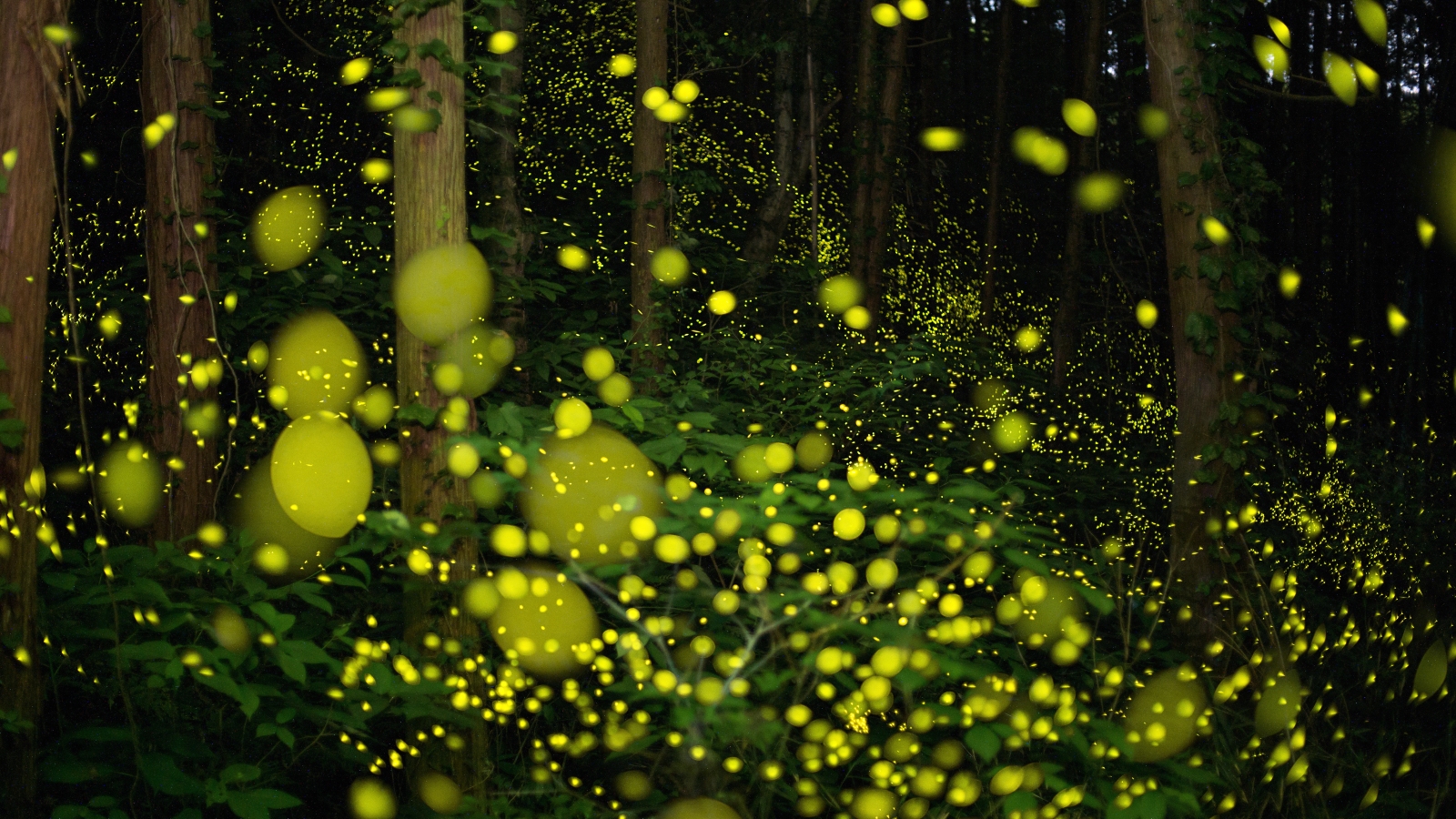'Lost' bacteria found on Neanderthal teeth could be used to develop new antibiotics
Fossilized dental plaque from archaic humans is revealing extinct bacteria that could lead to the development of new medicine.

Strange bacteria trapped in Neanderthals' teeth may one day help researchers develop novel antibiotics, according to a study published May 4 in the journal Science, which used dental plaque from ancient and modern humans to investigate the evolution of mouth microbes.
Every person has their own oral microbiome — a set of hundreds of species of microscopic organisms that colonize our mouths. With hundreds of different species of microorganisms at any given time, the oral microbiome is large and diverse, and it varies based on a person's lived environment.
To investigate the ancient human oral microbiome, Christina Warinner, a biomolecular archaeologist at Harvard University, invented new techniques to analyze prehistoric human dental plaque that has hardened into calculus, also called tartar. "Dental calculus is the only part of your body that routinely fossilizes while you're still alive," Warinner told Live Science. It also has the highest concentration of ancient DNA of any part of an ancient skeleton.
With just a few milligrams of dental calculus, Warinner can isolate billions of short DNA fragments from hundreds of species all scrambled together, then put those fragments back together to identify known species. And studying ancient remains puts up an additional hurdle: DNA found in the dental calculus of past humans may be from microbes that have gone extinct.
In their new study, Warinner and her colleagues analyzed dental calculus from 12 Neanderthals, one of our closest extinct human relatives; 34 archaeological humans; and 18 contemporary humans who lived from 100,000 years ago to the present in Europe and Africa. They sequenced over 10 billion DNA fragments and reassembled them into 459 bacterial genomes, about 75% of which mapped to known mouth bacteria.
Related: Mouth bacteria may explain why some kids hate broccoli
The researchers then zeroed in on two species from a genus of bacteria called Chlorobium found in seven Upper Pleistocene-era (126,000 to 11,700 years ago) individuals in the study. The unknown species do not match exactly to any known species, but are close to C. limicola, which is found in water sources associated with cave environments.
Get the world’s most fascinating discoveries delivered straight to your inbox.
It is likely that "these people that were living in these cave-associated environments got it in drinking water," Warinner said.
These Chlorobium species were almost entirely absent from the tartar in people who lived in the past 10,000 years. Between the Upper Pleistocene and the Holocene (11,700 years ago to present), over a span of about 100,000 years, humans have lived in caves, domesticated animals and invented 21st century plastics — all of which have their own distinct bacterial colonies. Changes in Chlorobium frequency appear to parallel our ancestors' changes in lifestyle.
Nowadays, the microbiomes in peoples' mouths are drastically different. "With intensive toothbrushing, oral bacteria are now kept at low levels," Warinner said. "We take for granted that we have radically altered the kinds of life we interact with."
John Hawks, a paleoanthropologist at the University of Wisconsin who was not involved in the study, told Live Science in an email that "one really cool thing about the microbes is that some of them weren't known from our mouths at all; they come from pond water. It tells us that these water sources were probably regular features of their lifestyles."
The team also analyzed so-called biosynthetic gene clusters (BGC), or gene clusters needed to create a specific compound, to determine what enzymes the Chlorobium species produced. By isolating and understanding such BGCs, scientists could develop new medicines.
When inserted into living bacteria, the Chlorobium BGCs produced two novel enzymes that may have played a role in photosynthesis. The new techniques could one day lead to new antibiotics, Warinner said.
"Bacteria are the source of virtually all our antibiotics — we really haven't discovered any new major classes of antibiotics in the past couple years, and we're running out," Warinner said. "These methods give us the chance to look for potential antibiotic-producing BGCs in the past."

Kristina Killgrove is a staff writer at Live Science with a focus on archaeology and paleoanthropology news. Her articles have also appeared in venues such as Forbes, Smithsonian, and Mental Floss. Kristina holds a Ph.D. in biological anthropology and an M.A. in classical archaeology from the University of North Carolina, as well as a B.A. in Latin from the University of Virginia, and she was formerly a university professor and researcher. She has received awards from the Society for American Archaeology and the American Anthropological Association for her science writing.



